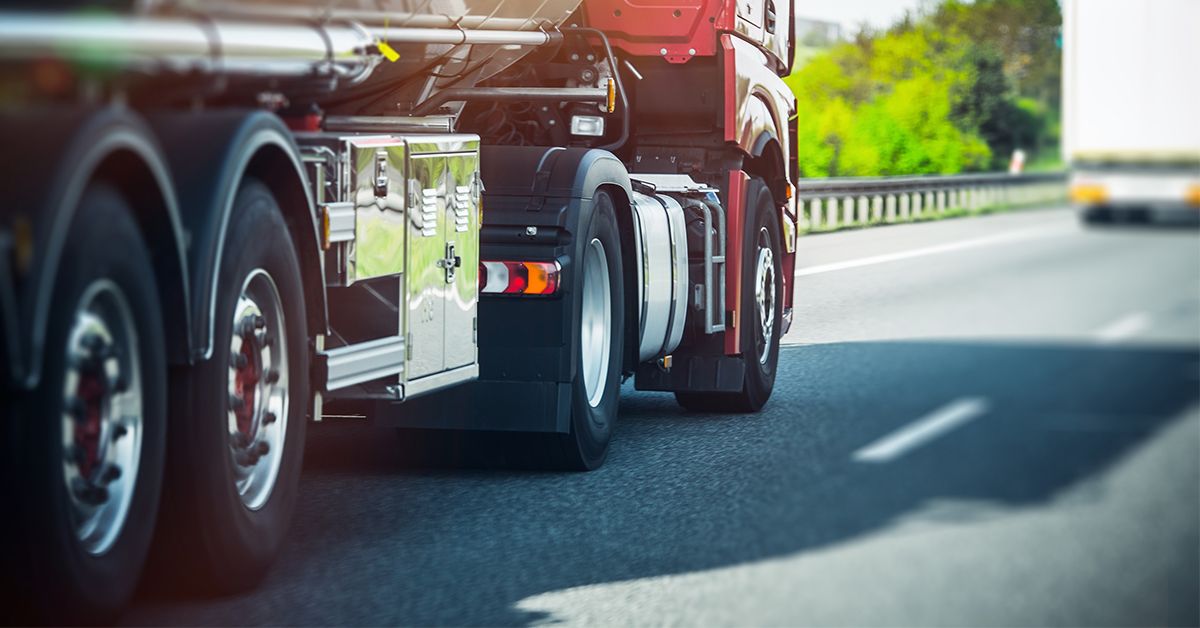
If you frequently drive on WV’s major highways, such as Interstate 79, you most likely notice semi-trucks, or big-rigs, driving alongside you basically at all hours of the day. Many drivers are nervous when passing these trucks, and now, a new investigation has found that those worries may be warranted because according to a federal investigation, big-rig trucks and busses were responsible for 14,000 fatal accidents between 2009 and 2013.
Truck Tire Blowouts
Truck tire blowouts are responsible for 223 of the 14,000 fatal truck accidents.
“What happens to your tires when you drive, especially on secondary roads, is you get impact breaks in the tire compound itself. It has steel woven belts inside, and from hitting potholes, bridge overlaps, big potholes on the interstate, you can actually break the inside of the tire,” said Mark Lett, Owner of Total Care Auto Repair in Clarksburg. “Going unnoticed, that can cause a tire to start egg shaping out around, and eventually can lead to the tire blowing out.”
The National Highway Traffic Safety Administration found that high speeds are largely to blame for tire blowouts. The American Trucking Association says that it is best not to go above 65 miles per hour. However, many states have speed limits greater or equal to 70 miles per hour. Experts say tires have a specific speed they can handle, and if a driver is consistently driving at higher speeds than what the tire is built for, that could cause problems.
“If you put a tire that wasn’t rated for that ongoing speed, that tire can fail at that speed,” said Bob Eyrolles, AAA Auto Repair Service Specialist.
Eyrolles says dual speed limits, one for cars and one for trucks, might be the way to go. “If you have dual speed limits, cars could travel 70-75 but trucks could be in the 60s. I’m not really sure if they’ve enacted that because of speed ratings on trucks, but it sounds like a good idea,” Eyrolles said.
Defensive Driving Around Trucks
The operator of the automobile, or its passengers, and not the truck driver are usually the ones killed in a fatal automobile-truck crash four out of five times. Therefore, automobile drivers should take extra precaution when driving near larger trucks.
The following defensive driving tips can help you take your safety into your own hands:
- Always maintain a safe distance when driving behind large trucks. It is recommended that you maintain at least a minimum of a four-second following distance.
- Keep in mind that trucks tend to have special hazards including large blind spots. A trustworthy rule to follow at all times is if you cannot see the operator of the truck in their outside mirrors, then he/she probably cannot see your vehicle.
- Trucks are longer than cars and therefore will take longer to pass. Maintain a constant speed when passing and be sure you can see the front of the cab of the truck in your rear-view mirror before pulling back into the lane of travel in front of the truck.
- If you are stopped behind a large vehicle on an incline, leave space between the vehicle and yours in case the vehicle operator allows the vehicle to drift backwards slightly when it starts to move.
- In the event of a truck tire blowout, keep in mind that sometimes it’s best to let the pieces of the tire hit your car instead of swerving. However, always use your best judgement.
If possible, try not to drive next to a large vehicle. The best defensive driving technique when dealing with large vehicles is to stay away from them when possible.










